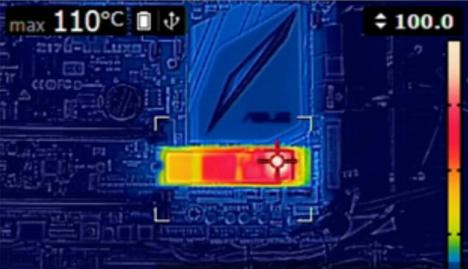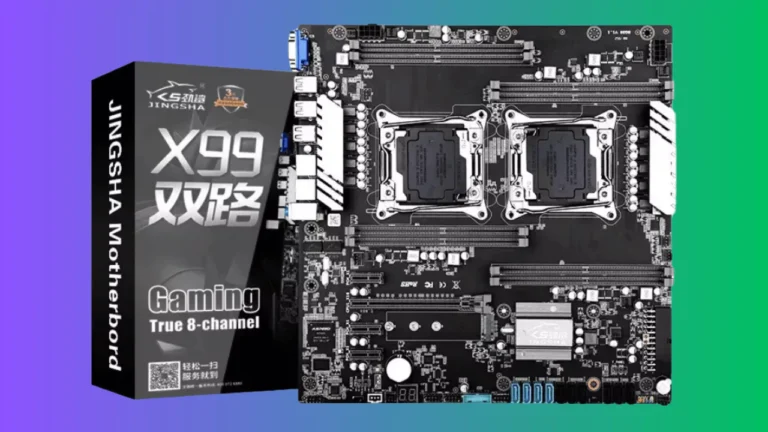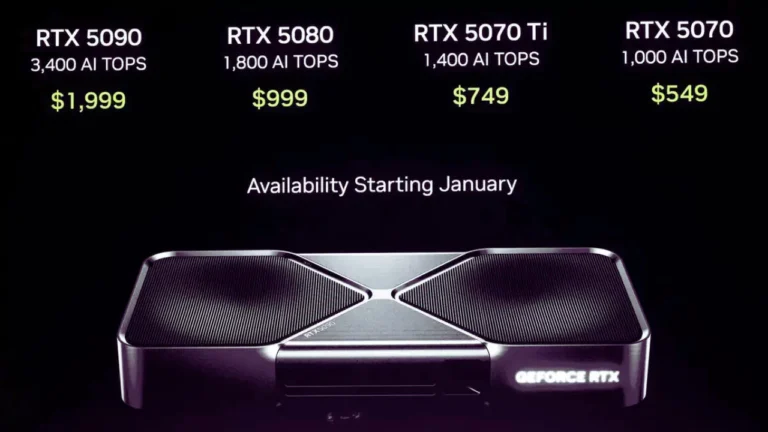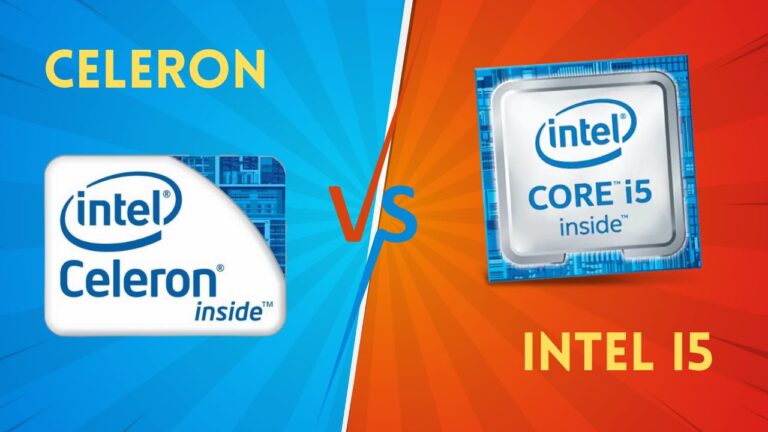Thinking of buying an SSD? Worrying about it getting too hot? You’re not alone! SSDs are way more reliable than hard drives, but people still get anxious about them overheating. Wanna know if you need a heatsink for your SSD? Keep reading to find out!
Solid State Drives (SSDs) are a type of data storage device. They use integrated circuit assemblies as memory. Compared to regular hard drives (HDDs), SSDs have faster access time, higher energy efficiency, and higher reliability.
SSDs are made up of NAND flash memory chips, encased in plastic or metal. SSDs come in many sizes and capacities, from 64 GB to 100 TB. They don’t need additional cooling, due to the lack of mechanical components. Heatsinks aren’t usually necessary unless you’re using high-end hardware or running intensive tasks for a long time. Even in these cases, the cost of buying a heatsink may not be worth the increased lifespan.
Heat Production of SSDs

Solid State Drives (SSDs) are becoming more popular. They have no moving parts, meaning they are quieter and use less power. Plus, they are more rugged and can handle shock and vibration.
SSDs don’t need heatsinks as a cooling mechanism. That’s because they don’t use spinning disks or electric motors that generate heat. Instead, multiple memory chips work together in one controller, so they use less power and create less heat.
In everyday applications, SSDs can run without heatsinks. But, if you have a high-end model like PCI Gen 4, then a heatsink could be necessary to keep it from crashing due to extreme temperatures.
Heat Production of Normal Hard Drives
Normal hard drives produce heat due to their rotational speed and high energy needs – double that of SSDs. This is why heatsink fins are often attached – to cool the heat that can overload and damage components of the system. In some cases, hard drives have even sparked a fire due to the extreme temperatures inside their casings.
High-End SSDs & Heatsinks
High-end SSDs with PCI Gen 4 tech generate more heat than regular hard drives. To prevent overheating, many people get heatsinks. These are small, round aluminum pieces that attach directly to the SSD.
Though they have lower failure rates and longer lives, standard SSDs don’t need heatsinks, but they are good for high-stress environments like server farms. Heatsinks may improve performance, but it’s not essential for optimal running.
If you want a heatsink, use quality thermal tape that comes with some models. Make sure to apply it correctly – if air gets trapped it can cause overheating.
Benefits of Heatsinks
A heat sink helps cool down electronic or mechanical devices by transferring their thermal energy to a fluid medium like air or liquid coolant. This allows the device to maintain a stable temperature by dissipating excess heat.
Solid State Drives (SSDs) generate less heat compared to standard hard drives because they consume less power. Although SSDs generally do not overheat during operation, using a heatsink with an SSD can still bring advantages.
For example, higher-end SSD models like PCI Gen 4 generate more heat due to their fast speeds and larger storage capacity. A heatsink can improve the SSD’s performance and reliability by helping to dissipate heat efficiently. Additionally, a heatsink provides physical protection by shielding the SSD against physical shock or vibration.
Another benefit of having a heatsink on an SSD is reduced data transfer noise. Since heat is dispersed quickly and efficiently, an SSD with a heatsink is even quieter than a typical hard drive. The vibrations caused by spinning disks and fans are also reduced.
Using a heatsink isn’t required for SSDs or hard drives to work, but it can enhance their performance, and reliability, and minimize noise and vibrations.
Do SSDs Need Heatsinks?
Solid State Drives (SSDs) are a useful, speedy, and energy-saving option for computers. They use semiconductor devices, not magnetic media like a traditional hard drive. This means no need for a heatsink, as SSDs generate little heat.
But, PCIe Gen 4 SSDs are an exception. They transfer data faster and need more energy; hence, they produce more heat. A heatsink is needed to avoid overheating. But, most users don’t need one. Everyday tasks can be done without a heatsink. Some users want their computers to stay cool, but others prefer no fans. If they use high-end SSDs, they need heatsinks.
Does SATA SSD Need Heatsinks?
The answer to whether SATA SSDs require heatsinks is not a straightforward one. The need for a heatsink depends on the specific SSD model, the type of workload, and the overall cooling of the system.
Factors that Influence the Need for a Heatsink
- SSD model: Some SSD models come with built-in heatsinks, while others do not.
- Workload: SSDs used for heavy workloads, such as gaming or video editing, are more likely to generate heat and require a heatsink.
- System cooling: A well-cooled system can reduce the need for a heatsink on an SSD.
When to Use a Heatsink on a SATA SSD
To maintain top performance when using an SSD for demanding workloads or in a poorly cooled system, a heatsink can be useful in dissipating heat.
Types of Heatsinks for SATA SSDs
If you’ve decided that your SATA SSD requires a heatsink, there are a variety of options to choose from.
Passive Heatsinks
Passive heatsinks don’t need extra power and only depend on air circulation to cool down. They are uncomplicated to install and can be a budget-friendly choice.
Active Heatsinks
Active heatsinks have built-in cooling mechanisms like fans to dissipate heat and are more efficient than passive heatsinks. However, they are also more expensive.
Integrated Heatsinks
Integrated heatsinks are designed for specific SSD models and are the most effective at cooling. However, they are only available for certain SSD models.
Do NVMe SSDs Need Heatsinks?
NVMe SSDs can benefit from heatsinks, especially during intense workloads. However, it depends on the drive’s usage and system cooling. Some high-end NVMe SSDs come with built-in heatsinks, while others require aftermarket cooling solutions. Heat can affect an SSD’s performance and lifespan, so it’s essential to maintain safe operating temperatures.
Do Motherboards Come With M.2 Heatsinks?
Motherboards may or may not have M.2 heatsinks, based on their manufacturer and model. M.2 heatsinks help with heat dispersion and avoid thermal throttling. This leads to better M.2 drive performance and lifespan. If your motherboard does not include an M.2 heatsink, you can purchase one separately and add it to the motherboard yourself.
Do Gen 4 SSDs Need a Heatsink?
It depends on the specific SSD model and the intended usage scenario. Some high-end Gen 4 SSDs with high speeds and heavy workloads may benefit from a heatsink to prevent thermal throttling and maintain optimal performance. However, for most users, a heatsink is not necessary as Gen 4 SSDs generally have improved thermal management compared to earlier generations.
Summary & Conclusion
High-end SSDs demand more power. This produces extra heat. Therefore, a heatsink is a wise investment. It increases lifespan. All other SSDs don’t need one. Although, if you have high-end SSDs, a heatsink helps regulate temperatures. Resulting in a longer-lasting drive.
FAQs
Do SSDs Need Heatsinks?
No, SSDs don’t need heatsinks. They don’t generate as much heat as regular hard drives. But, if you use high-end SSDs like PCI Gen 4, you may want to use a heatsink.
Are Heatsinks Recommended for SSDs?
It depends on individual needs and preferences. Usually, there’s no need for a heatsink with modern-day SSDs. But, there may be exceptions depending on your system and usage case.
What are the Benefits of Using Heatsinks for an SSD?
Heatsinks help protect against thermal throttling or failure caused by high temperatures. They also reduce power consumption and increase airflow around heat-producing components. This helps cool your PC when it’s under load.







